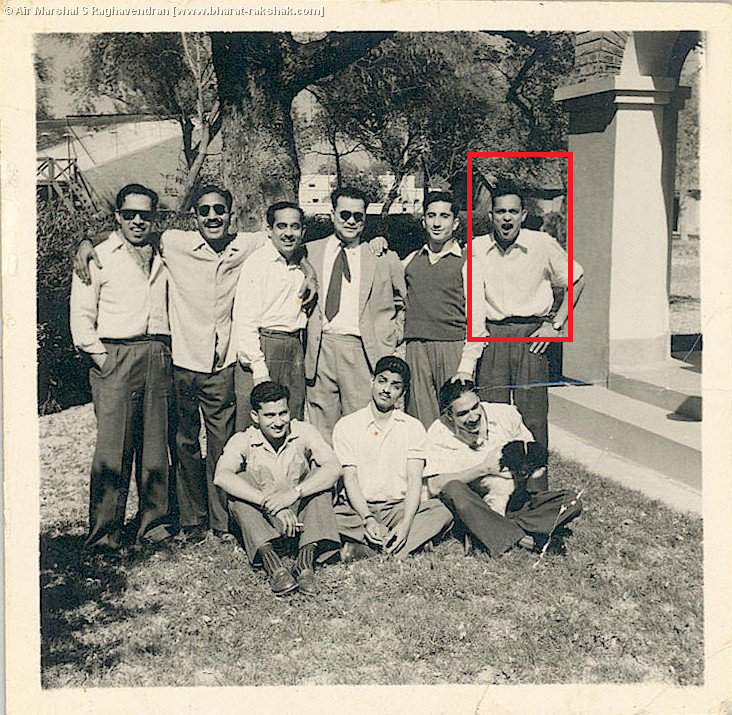
Airforce brat| Kellogg @ Northwestern Alumnus| Investor by Profession| Data is power| Here to share Indian Aviation History| #IAFHistory
8 subscribers
How to get URL link on X (Twitter) App

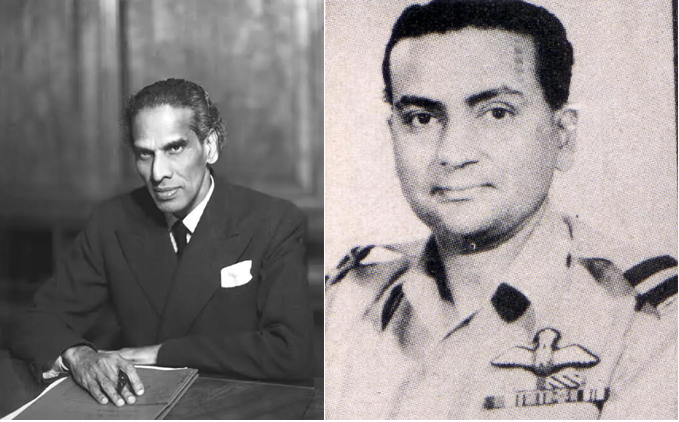
 As GM, Lal sat on the committee to choose a replacement for the Dakotas. Three contenders were in play: the Avro HS 748, the Fokker Friendship and a Lockheed design. Defence Minister Krishna Menon was keen that India pick the Avro. 2/
As GM, Lal sat on the committee to choose a replacement for the Dakotas. Three contenders were in play: the Avro HS 748, the Fokker Friendship and a Lockheed design. Defence Minister Krishna Menon was keen that India pick the Avro. 2/ 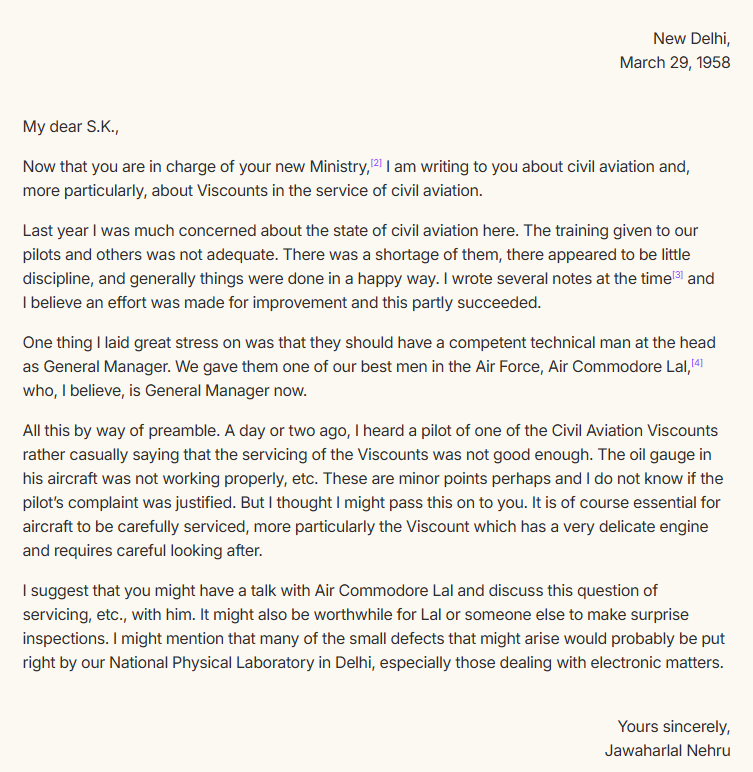

 In 1950, under H.H. Digvijaysinhji's guidance, Jamnagar opened an Indian Air Force station. Roads were laid, land and clearances came quickly, and the base was treated as a civic priority from day one. The bond began as stewardship, not ceremony. 2/
In 1950, under H.H. Digvijaysinhji's guidance, Jamnagar opened an Indian Air Force station. Roads were laid, land and clearances came quickly, and the base was treated as a civic priority from day one. The bond began as stewardship, not ceremony. 2/ 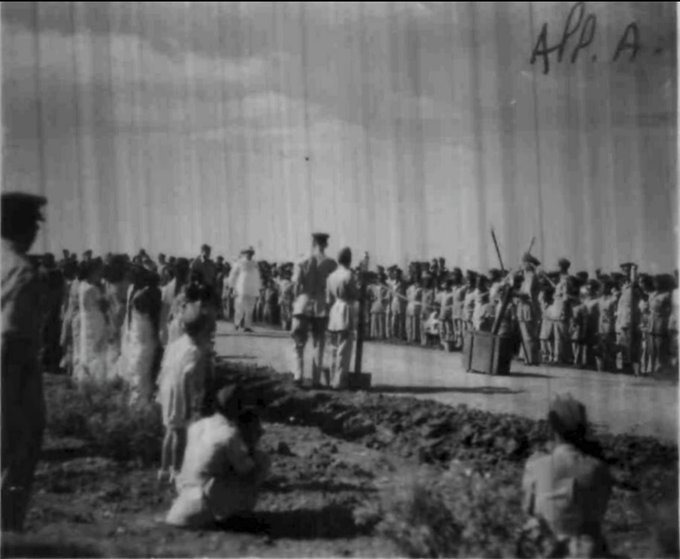
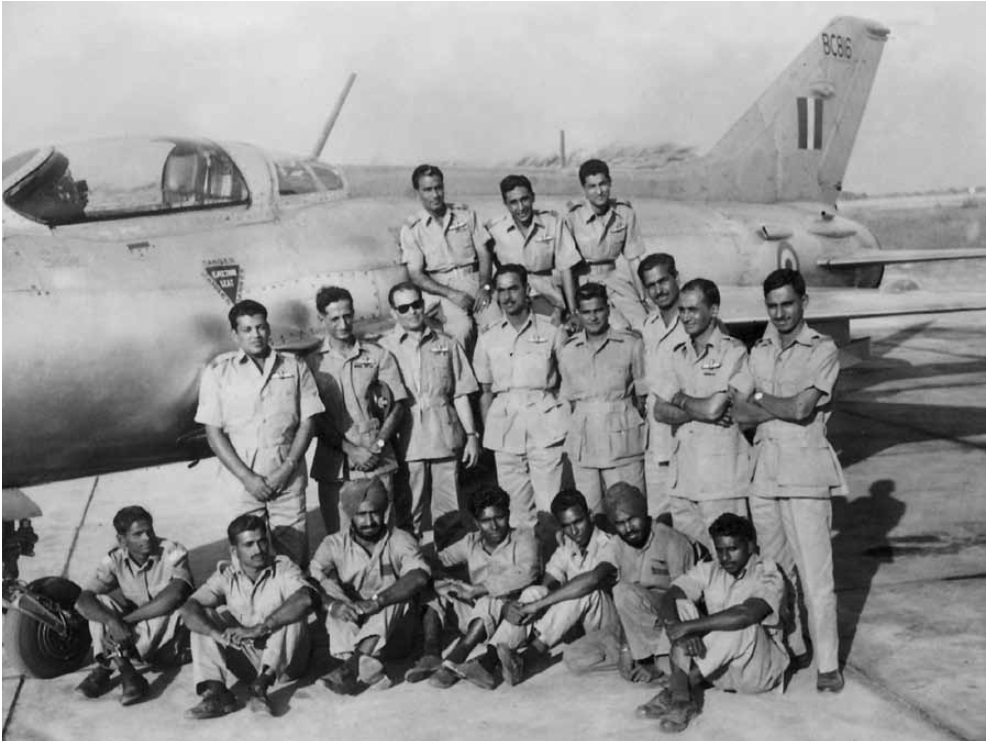
 After Independence, the IAF used “type bases”: Pune had Tempests, Kalaikunda had Mystères, Ambala had Hunters. That tidy system was still in place when the MiG-21 came up for induction. 2/
After Independence, the IAF used “type bases”: Pune had Tempests, Kalaikunda had Mystères, Ambala had Hunters. That tidy system was still in place when the MiG-21 came up for induction. 2/ 

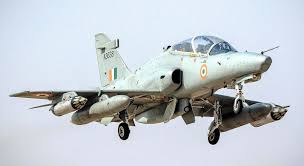
 I wrote about this in a @timesofindia editorial a few years ago. The MiG-21 earned the “Flying Coffin” tag not because of its airframe—but because we made it carry the weight of our institutional failure between 1980s -2000s. 2/
I wrote about this in a @timesofindia editorial a few years ago. The MiG-21 earned the “Flying Coffin” tag not because of its airframe—but because we made it carry the weight of our institutional failure between 1980s -2000s. 2/ 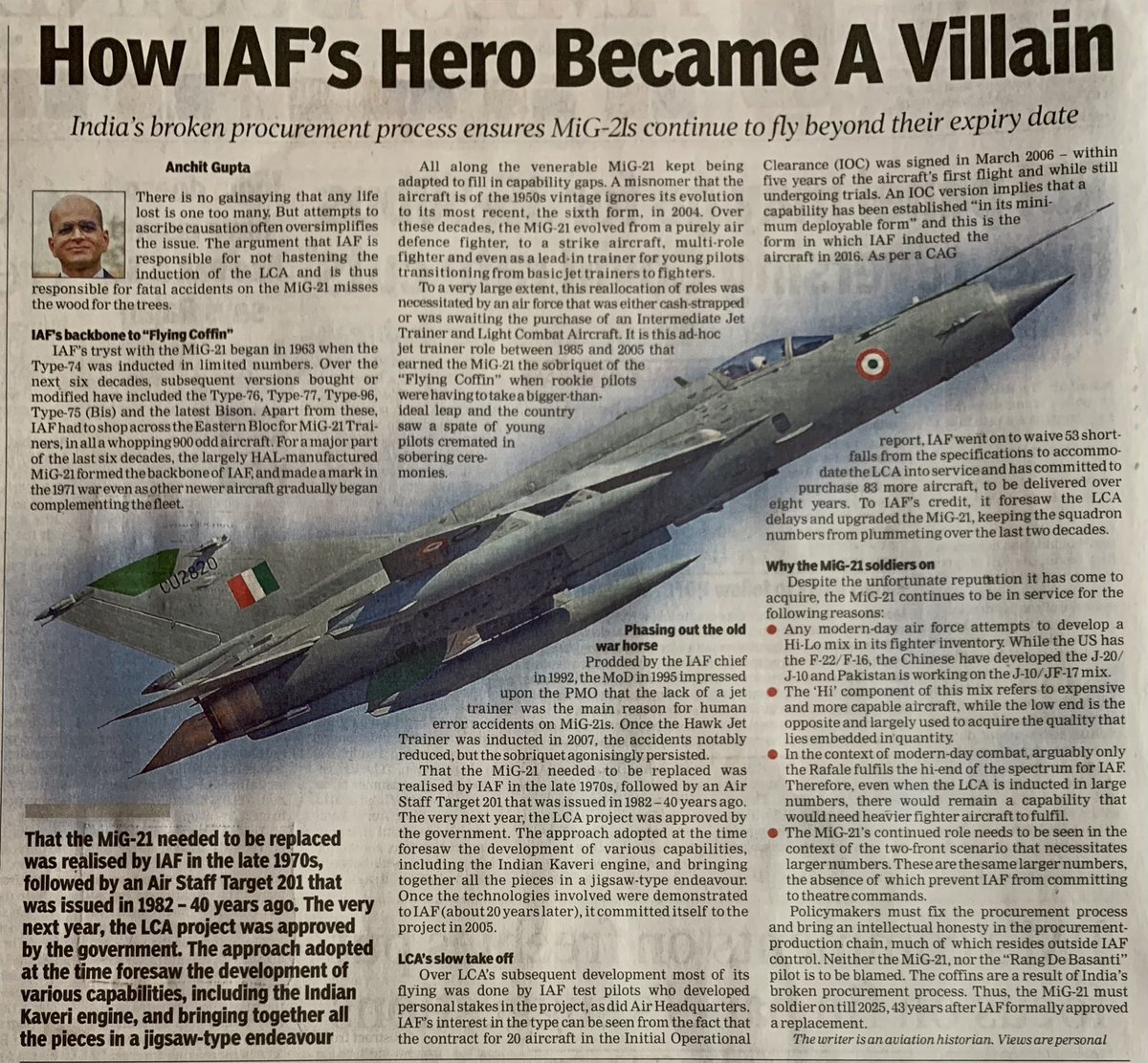

 1/ - Why parade matters even now?
1/ - Why parade matters even now? 

 But, let’s get some history, geography and law right.
But, let’s get some history, geography and law right.

 17 Dec 1995. A Latvian AN-26 aircraft drops weapons over Purulia.
17 Dec 1995. A Latvian AN-26 aircraft drops weapons over Purulia.
 What’s TCDTS?
What’s TCDTS?

 During the Indo-Pak war of 1965, the Pakistan Air Force (PAF) launched multiple missions to destroy the Indian Air Force's (IAF) radar installation near Amritsar, codenamed 'Fish Oil'. Here's how the IAF's defenses stood firm. 2/
During the Indo-Pak war of 1965, the Pakistan Air Force (PAF) launched multiple missions to destroy the Indian Air Force's (IAF) radar installation near Amritsar, codenamed 'Fish Oil'. Here's how the IAF's defenses stood firm. 2/

 This goes back into time from 1944 onwards when Radars came to use by IAF and ends with how we used them effetively in the 1965 and 1971 Wars, after massive struggles.
This goes back into time from 1944 onwards when Radars came to use by IAF and ends with how we used them effetively in the 1965 and 1971 Wars, after massive struggles.
 These 25 young women—engineers from across India—joined the Air Force Technical College (AFTC) in Jalahalli, Bangalore.
These 25 young women—engineers from across India—joined the Air Force Technical College (AFTC) in Jalahalli, Bangalore.
https://twitter.com/AnchitGupta9/status/18449989592296980942/8: Objective clarity was the cornerstone of RCPO. The primary goal? Plugging air defence gaps.This target was broken down into milestones spanning a decade. Indigenisation followed. Of the initial ₹185 Cr budget, ₹105 Cr was for foreign eqpt—a decade later, this had reversed

 The early 20th century witnessed a significant transformation in military structures, driven by the harsh realities of the Boer Wars (1899-1902). Reflecting on the conflict's challenges, the concept of "Staffs of the Services" emerged. 2/
The early 20th century witnessed a significant transformation in military structures, driven by the harsh realities of the Boer Wars (1899-1902). Reflecting on the conflict's challenges, the concept of "Staffs of the Services" emerged. 2/
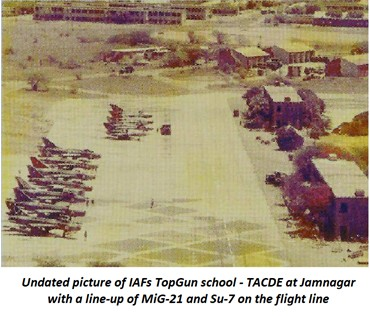
 Jamanagar was not an Air Force Airbase before Independence, though the Jam Saheb was popular in the aviation circles. Post-independence, IAF was searching for a air firing and bombing range. After a search - it settled up Jamnagar and called it Armament Training Wing (ATW). 2/
Jamanagar was not an Air Force Airbase before Independence, though the Jam Saheb was popular in the aviation circles. Post-independence, IAF was searching for a air firing and bombing range. After a search - it settled up Jamnagar and called it Armament Training Wing (ATW). 2/

 From the 66th Pilot Course, he was commissioned in 1955 & joined the fighter stream. In 1961, he qualified as a Pilot Attack Instructor, the modern-day "Top Gun". The CO of PAI School, Nobby Clarke, gave the nickname "Mummy" for his sweet demeanour. It stuck for life. 2/
From the 66th Pilot Course, he was commissioned in 1955 & joined the fighter stream. In 1961, he qualified as a Pilot Attack Instructor, the modern-day "Top Gun". The CO of PAI School, Nobby Clarke, gave the nickname "Mummy" for his sweet demeanour. It stuck for life. 2/ 
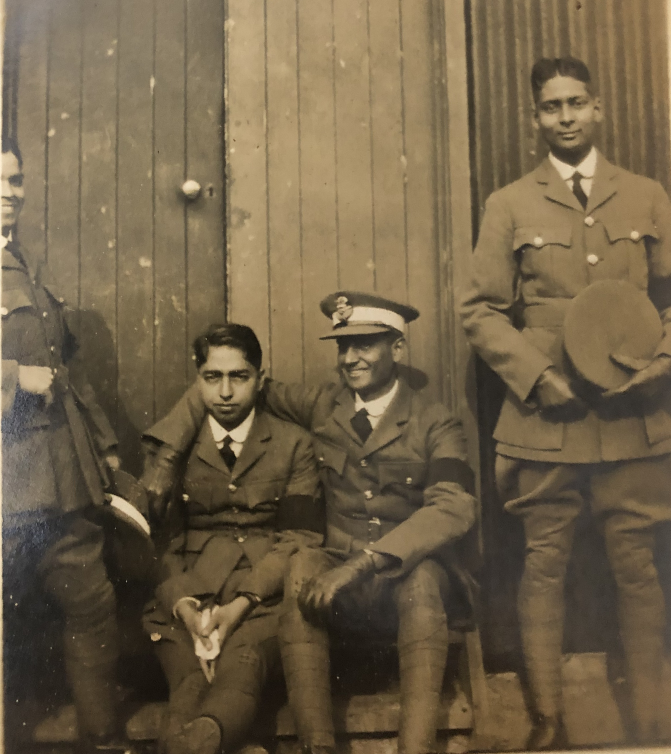
 My subsequent research revealed the story of a man who lived a very interesting life in India. It is a story that needs to be told, even if not directly related to #IAFHistory. It also has some gaps (gaps that I hope will be filled by crowdsourcing). 2/
My subsequent research revealed the story of a man who lived a very interesting life in India. It is a story that needs to be told, even if not directly related to #IAFHistory. It also has some gaps (gaps that I hope will be filled by crowdsourcing). 2/

 The first Indian Air Force officers completed their education at RAF College Cranwell in July 1932. They spent a few months training in England. Subsequently, in April 1933, they returned to India to create the first flight of the No 1 Squadron. 2/
The first Indian Air Force officers completed their education at RAF College Cranwell in July 1932. They spent a few months training in England. Subsequently, in April 1933, they returned to India to create the first flight of the No 1 Squadron. 2/ 



https://twitter.com/IAF_MCC/status/1704481027068940340The IAF was the first to induct Jet fighters in Asia way back in 1948 - Vampire


 By ’45, as the war ended, Govt (the British) decided to do away with Radars. Radar was considered too advanced for the IAF & radar cover for India was deemed unnecessary. A partitioned IAF & PAF inherited a total vacuum around “eyes in the sky”, and the race was on! 2/
By ’45, as the war ended, Govt (the British) decided to do away with Radars. Radar was considered too advanced for the IAF & radar cover for India was deemed unnecessary. A partitioned IAF & PAF inherited a total vacuum around “eyes in the sky”, and the race was on! 2/

 Dushyant Singh joined the 8 JSW course (now NDA) and was commissioned in the IAF's 67th Pilot Course in 1956 and was posted to the Fighter stream. In his first 3 years of service, he was with No - 3,20,4 and 29 Sqn flying the Toofani and Vampire. His life soon would change. 2/
Dushyant Singh joined the 8 JSW course (now NDA) and was commissioned in the IAF's 67th Pilot Course in 1956 and was posted to the Fighter stream. In his first 3 years of service, he was with No - 3,20,4 and 29 Sqn flying the Toofani and Vampire. His life soon would change. 2/ 